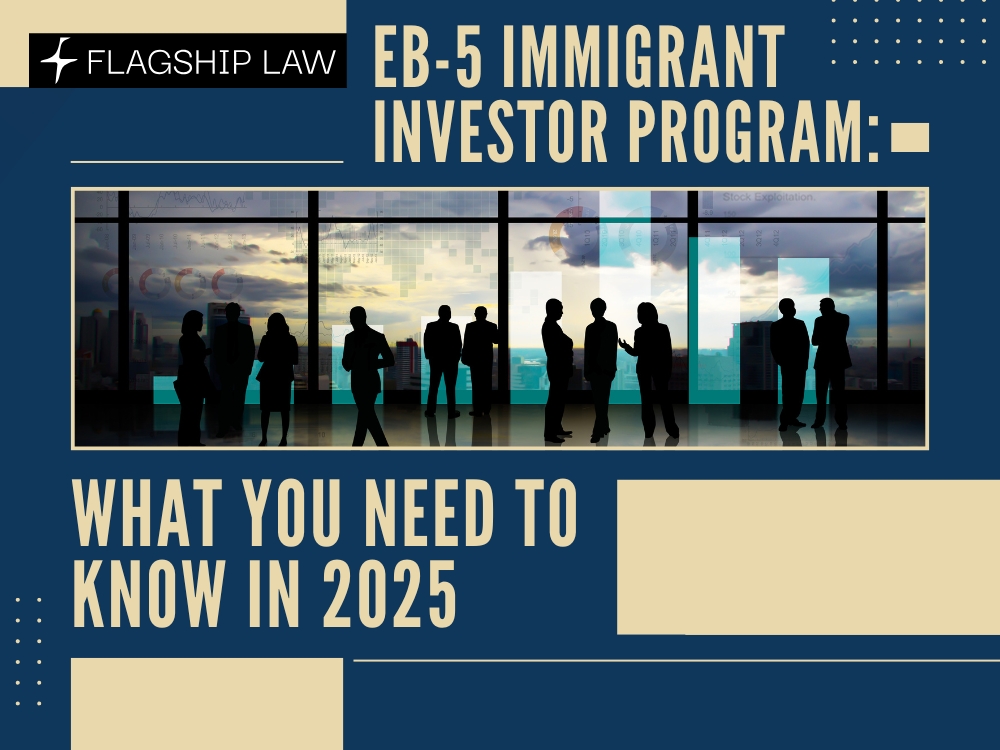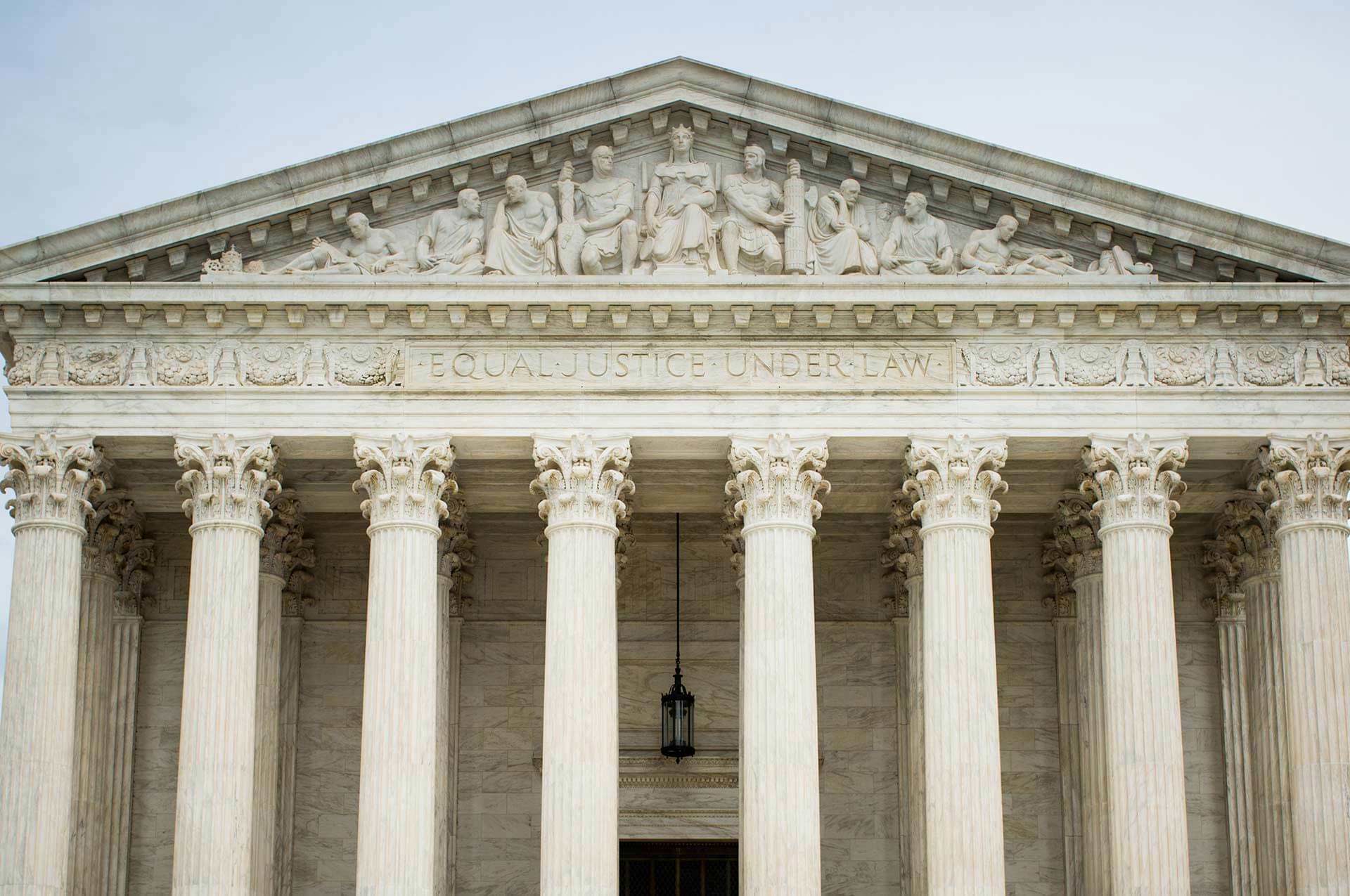Introduction
The landscape of investment-based immigration to the United States is in the midst of a significant transformation. For over three decades, the EB-5 Immigrant Investor Program has provided a legal path for investors to obtain permanent residency (and ultimately citizenship) by making substantial contributions to the U.S. economy. Recently, however, the Trump Administration has proposed a new alternative: the so-called “Trump Gold Card.” As immigration attorneys and investors alike try to make sense of these developments, it is crucial to understand both the time-tested EB-5 Program and the uncertainties surrounding the Gold Card proposal.
Understanding the EB-5 Program
 The EB-5 Immigrant Investor Program was established by Congress in 1990 to stimulate the U.S. economy through job creation and capital investment by foreign investors. Key milestones in the program’s evolution include:
The EB-5 Immigrant Investor Program was established by Congress in 1990 to stimulate the U.S. economy through job creation and capital investment by foreign investors. Key milestones in the program’s evolution include:
- 1992: Introduction of Regional Centers, allowing pooled investments in larger projects.
- 2022: Enactment of the EB-5 Reform and Integrity Act (RIA), representing the most significant overhaul of the EB-5 Program since its creation:
- Enhanced investment amounts
- 32% of EB-5 Visas annually reserved for specific categories
- Enabled concurrent filing of adjustment of status applications
- Reauthorized through September 30, 2027, with “grandfathering” protection for investors who file petitions by September 30, 2026
- Introduced stronger integrity measures and investor protections
- Clarified the redeployment of funds requirements (when funds are returned before an investor’s conditions are removed)
- Enhanced sanctions for non-compliance
Core requirements of the EB-5 Program include:
- Investment of $800,000 in a Targeted Employment Area (TEA) or $1,050,000 elsewhere.
- Creation of at least 10 full-time jobs for U.S. workers.
- Investment must remain “at risk” for a minimum period.
- A conditional green card, with a path to permanent residency and eventual U.S. citizenship.
Recent reforms under the RIA introduced mandatory audits, increased filing fees (up to 204% higher for some filings), and stricter background checks for regional center promoters.
As of 2025, visa backlogs for China, India, and Vietnam continue to cause significant processing delays, and applicants from other countries are beginning to face retrogression issues as well.
The Trump Gold Card Proposal
The Trump Administration has floated the idea of the “Gold Card” as an alternative to the EB-5 Program. However, unlike EB-5, the Gold Card is not yet codified by statute or formal regulation. Based on available information:
- Proposes a higher minimum investment — starting at $5 million.
- Promises a faster route to U.S. citizenship, although timelines remain unclear.
- Marketed toward “high achievers” and entrepreneurs.
- Only mock-ups and general promotional materials have been made public so far
- Unclear tax implications: early statements suggest exemption from U.S. taxes on foreign income, but without changes to U.S. tax law, this is unlikely to be enforceable
- Legal foundation uncertain: the program appears intended to be launched via executive action, raising concerns about its legal durability without Congressional approval
Currently, there is no clear legislative or regulatory framework for the Gold Card, and questions remain about its practicality, economic impact, and fairness.
Key Differences: EB-5 vs. Gold Card
Feature |
EB-5 Program |
Trump Gold Card |
| Implementation Mechanism | Established by Congressional legislation | Proposed executive action (legal uncertainty) |
| Legal Basis | Act of Congress (1990), RIA (2022) | No formal legal framework yet |
| Investment Amount | $800,000 (TEA) / $1,050,000 (non-TEA) | $5 million minimum |
| Job Creation Requirement | 10 full-time jobs | Unclear |
| Timeline to Citizenship | Approx. 5-7 years (current USCIS delays) | Promises faster citizenship (details unclear) |
| Risk of Investment | Investment must remain “at risk” | Unknown |
| Regulatory Oversight | Subject to SEC, USCIS, CFIUS review | Unknown |
| Current Status | Active and reauthorized until 2027 | Proposed, not yet implemented |
| Taxation | Subject to worldwide income tax as U.S. residents | Unclear; promised foreign income exemption likely unenforceable |
Legal and Commercial Considerations
 While EB-5 investors and their attorneys must navigate complex regulatory hurdles, viz., SEC compliance, source of funds documentation, securities law disclosures, the Gold Card concept remains fraught with political and regulatory risk, primarily because of the absence of a coherent legal framework.
While EB-5 investors and their attorneys must navigate complex regulatory hurdles, viz., SEC compliance, source of funds documentation, securities law disclosures, the Gold Card concept remains fraught with political and regulatory risk, primarily because of the absence of a coherent legal framework.
Further, unlike the EB-5 Program, the Gold Card may sidestep crucial safeguards designed to protect both investors and the U.S. economy, such as:
- No clearly defined job creation requirements
- No assurances of capital risk standards
- Potential for increased litigation if retroactive impacts are attempted
Any investor considering either option must be cautious. Immigration through investment is not simply a “purchase” — it demands real economic contributions and strict adherence to complex rules.
Potential Impacts
For regional centers: The uncertainty caused by the Gold Card proposal could push some regional centers to rush fundraising efforts, potentially destabilizing projects already underway.
For businesses: Entrepreneurs counting on EB-5-based financing might find themselves in limbo if major policy shifts occur.
For investors: Pending EB-5 petitions are likely to be safe from disruption, barring unusual retroactive legislation. Still, confusion and fear are real concerns—and litigation risks could rise.
Program Demand and Feasibility: In addition, experts question whether the $5 million minimum investment for the Gold Card program will attract sufficient applicants, especially when more affordable investment migration options exist globally. If demand proves to be low, the program’s projected economic impact may fall significantly short of expectations.
Final Thoughts
Both the EB-5 and the proposed Gold Card reflect America’s longstanding recognition that immigration and economic vitality go hand in hand. However, with the EB-5 Program grounded in decades of legal precedent and reform, and the Gold Card still shrouded in uncertainty, careful navigation is more essential than ever. This is particularly true given emerging visa backlogs, rising filing costs, and legal uncertainties around alternative pathways like the Gold Card.
Investors must seek ethical, experienced legal counsel who understand not only immigration law, but also the broader commercial and regulatory implications of these programs. Rushing into an investment or relying on rhetoric rather than facts could have devastating consequences for families and businesses alike.
As immigration law practitioners, it is our highest ethical responsibility to remain committed to providing clear, thorough, and strategic advice to help investors build their futures with confidence. The immigration attorney’s role is to quarterback the entire investment—not merely to handle the filing aspects of petitions and applications.
It is our duty to have a working understanding of the legal and regulatory paradigms that govern these investments, so we can recognize when the implications of a client’s investment extend beyond immigration law. This includes proactively collaborating with subject matter experts in Securities Law, Corporate Law, Taxation, and other relevant fields to ensure that our clients receive complete, accurate, and forward-thinking legal advice.





